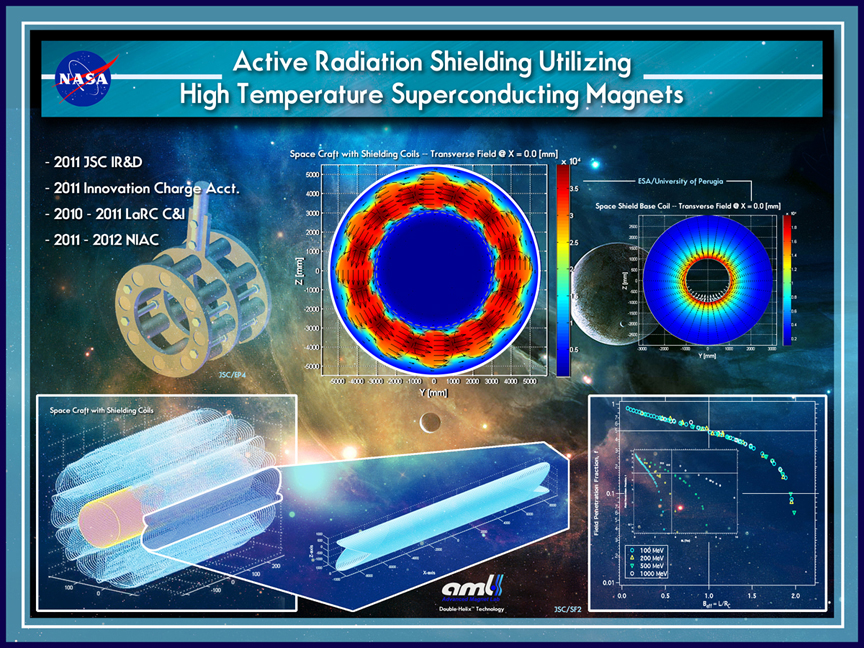

Crystal detectors, vacuum tubes, and transistors cover the microwave and radio frequency ranges. Bolometers, thermocouples, and other heat-measuring devices are used chiefly in the infrared and microwave regions. Electromagnetic spectrum Frequency,įluorescence is effective in the x-ray and ultraviolet ranges. Direct photography can be used from the γ-ray to the infrared region. lonization effects measured by cloud chambers, photographic emulsions, ionization chambers, and Geiger counters have been used in the γ- and x-ray regions. This method has actually been used over the range from x-rays to radio.

In theory, any electromagnetic radiation can be detected by its heating effect. The sources given are typical, but not mutually exclusive. The frequency range of such waves is tremendous, as is shown by the electromagnetic spectrum in the table. This disturbance is called an electromagnetic wave. Whenever an electric charge oscillates or is accelerated, a disturbance characterized by the existence of electric and magnetic fields propagates outward from it.

The term can also refer to the emission and propagation of such energy. Electromagnetic radiationĮnergy transmitted through space or through a material medium in the form of electromagnetic waves. The Columbia Electronic Encyclopedia™ Copyright © 2022, Columbia University Press. Quantum effects are most pronounced for the higher frequencies, such as gamma rays, and are usually negligible for radio waves at the long-wavelength, low-frequency end of the spectrum. (Conversely, particles sometimes exhibit wavelike properties.) The individual quantum of electromagnetic radiation is known as the photon and is symbolized by γ. According to the quantum theory, light and other forms of electromagnetic radiation may at times exhibit properties like those of particles in their interaction with matter. In order of decreasing wavelength and increasing frequency, various types of electromagnetic radiation include: electric waves, radio waves (including AM, FM, TV, and shortwaves), microwaves, infrared radiation, visible light, ultraviolet radiation, X rays, and gamma radiation. The possible sources of electromagnetic radiation are directly related to wavelength: long radio waves are produced by large antennas such as those used by broadcasting stations much shorter visible light waves are produced by the motions of charges within atoms the shortest waves, those of gamma radiation, result from changes within the nucleus of the atom. The various types of electromagnetic radiation differ only in wavelength and frequency they are alike in all other respects. Light is a type of electromagnetic radiation, occupying only a small portion of the possible spectrum of this energy. Subsequent experiments by Heinrich Hertz verified Maxwell's prediction through the discovery of radio waves, also known as hertzian waves. He showed that the speed of propagation of electromagnetic radiation should be identical with that of light, about 186,000 mi (300,000 km) per sec. The theory of electromagnetic radiation was developed by James Clerk Maxwell and published in 1865. Electromagnetic radiation does not require a material medium and can travel through a vacuum.

If the direction of the electric field is constant, the wave is said to be polarized (see polarization of light). Thus, an electromagnetic wave is a transverse wave. These interacting electric and magnetic fields are at right angles to one another and also to the direction of propagation of the energy. A moving charge gives rise to a magnetic field, and if the motion is changing (accelerated), then the magnetic field varies and in turn produces an electric field. Electromagnetic radiation, energy radiated in the form of a wave as a result of the motion of electric charges.


 0 kommentar(er)
0 kommentar(er)
